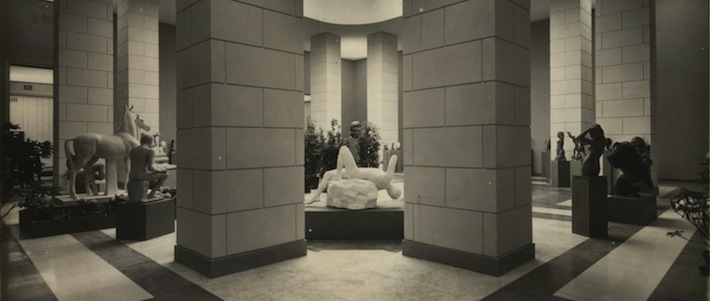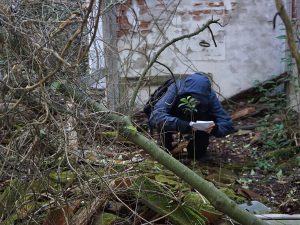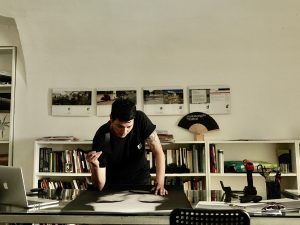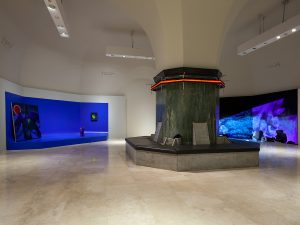The first two exhibitions (1931 and 1935) were a huge success and paved the way for the institution of the Quadriennale d’Arte autonomous institution in 1937. Participation in the exhibitions was by invitation and application. Artists played the main role, not just as exhibitors but also as members of the panels that decided which exhibitors to invite, accepted works and awarded prizes. The Quadriennali d’Arte of 1931 and 1935, which opened, as was common practice at the time, in the Palazzo delle Esposizioni on via Nazionale, were showcases of the best Italian figurative art of the 1930s, which stood out for its elegant rationalist productions. While the first exhibition saw the participation of all the great masters (Bartoli, Carena, Carrà, Casorati, Sironi Tosi, the Futurists and the Paris-based Italians), the second was targeted more explicitly at the new generations (Pirandello, Cagli, Gentilini, Capogrossi, Mafai, Cavalli, Ziveri, Afro and Mirko). The Quadriennali of 1939 and 1943 were much smaller events, which felt the effects of the ongoing war. A characteristic shared by almost all the first four exhibitions is the fact that rooms were assigned for solo shows. In some cases these were real anthological exhibitions, such as Severini’s solo show at the second Quadriennale with thirty-six works and that of Morandi at the third with fifty-three works.





